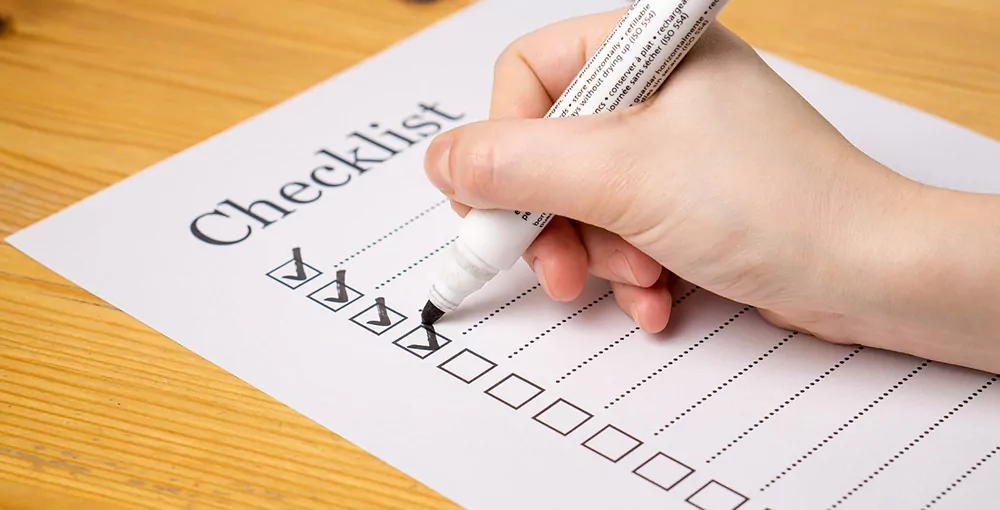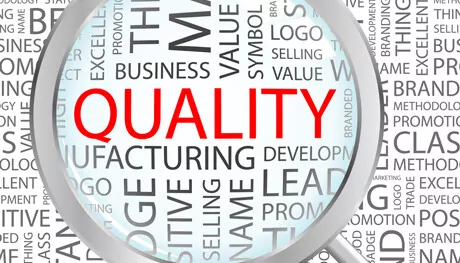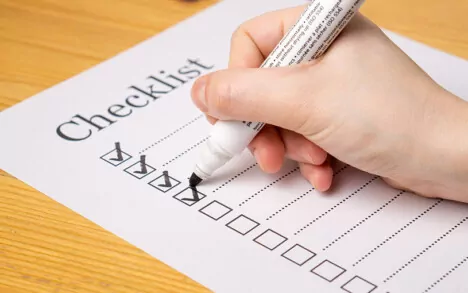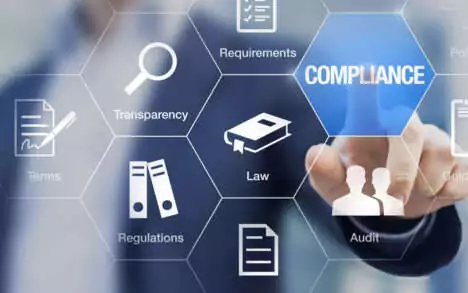Self-inspections support an organisation in accomplishing its objectives by bringing a systematic, disciplined approach to evaluating and improving the effectiveness of risk management, control and governance processes. Better self-inspection programmes should not only help ensure compliance and drive continuous improvement, they should help deliver substantial benefits to companies in their ability to keep up to date in the continuously changing regulatory environment and industry changes. Self-inspection programmes require time and resources, and they should be value-adding. It is imperative that a critical review of one’s self-inspection programme is routinely conducted as when it operates efficiently it can have huge benefits. Such a review of the self-inspection programme will determine whether self-inspections are performed in the right areas, at the right intervals and by the right people. If this is the case, your self-inspection programme can identify the types of deficiencies internally that are being identified in regulatory inspections. The types of issues that can lead to batch recalls and the cessation of batch release can also be identified internally, if present, during self-inspections. Self-inspection should not be just about finding non-compliances, it should be evolving towards providing confirmation and verification that things are working well, that there is a high level of compliance, and is a great opportunity for continuous improvement. Always have your regulations by your side whilst performing the self-inspections!
- EU GMP’s: http://ec.europa.eu/health/documents/eudralex/vol-4/index_en.htm
- US GMP’s: http://www.fda.gov/drugs/developmentapprovalprocess/manufacturing/ucm090016.htm
- Avoid the common mistakes that many internal auditors make by following the below guidelines:
- Add value: It’s no secret that self-inspections can become synonymous with micro-management. Make sure that when you are working with your self-inspection team, you don’t spend valuable time micro-managing the process. You have value to add, so add it! Adopt an efficient workflow process that you can trust and stick to it.
- Plan, plan and plan some more: Outlining an explicit path from the beginning will ensure that your time is spent where it should be. Start planning early, ask probing questions and use these to define your self-inspection agenda so you don’t waste time figuring out a plan later. Your goal is to provide a consulting engagement to help senior management get to the root of the problem.
- Keep the big picture in mind: Increase the efficiency and effectiveness of your documentation and reporting to the audit committee. Create self-inspection report templates, and metrics dashboards that automatically update, allowing you to graphically display the output of the self-inspection.
- Manage the scope: When something unexpected turns up, how will you handle it? Have a plan in place before a surprise occurs, so you and your team will know how to resolve the situation efficiently and effectively.
- In a mature Quality Management System, self-inspections should not be just about finding non-compliances. It should be evolving towards providing confirmation and verification that systems are working well, that a high level of compliance exists and that continuous improvement is in place.
- Concise reporting. No Manager has time to read a report the length of a novel! Spend time working on a real-time, executive-level report that features key findings and observations.
If you would like advice or support in relation to the development or improvement of the self-inspection within your company please connect with us +353 1 846 4742 or contactirl@pharmalex.com








